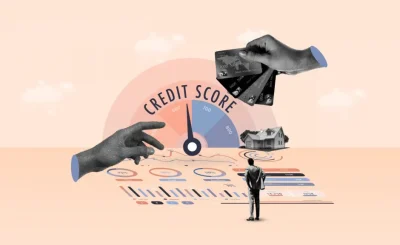In business, a loan is defined as “a loan or advance of funds for specific uses.” In finance, a loan is a lending of funds by one or more persons, companies, institutions or other entities to others, companies, etc. The recipient is typically responsible to repay principal back on the loan and to also pay interest on that loan until it is fully paid off. Banks are the main source of such loans and credit card companies are second only.
There are many different types of loans, but the four most important ones include home loans (which is the most common), personal loans, merchant cash advances and car loans. To begin with, when you apply for a loan, you have to provide personal information such as your name, address, phone number, Social Security number, driver’s license number, etc. As a result of your personal information, you are obligated to provide proof of employment as well. Some lenders require applicants to provide a credit report that includes three to six months of expenses from each individual to see if they are capable of repaying the loan principal and interest. When you apply for a loan and the lenders verify the information provided, your application is approved.
In order to get approved, borrowers must make sure they can repay the loan. If the application is approved, borrowers can choose from several options including fixed-rate loans where they commit to a certain interest rate and repayment term and collateral for the loan. Depending on what kind of loan you choose, you may not have to put up any collateral. For example, fixed-rate loans with a two-year term and an interest rate of about six percent are the most popular choices. Collateral can be any item that can be given to the lender as security if the borrower defaults on the loan.
Unsecured loans are not backed with collateral. Borrowers who apply for unsecured loans should be aware that there are higher interest rates compared to secured loans because lenders bear more risk in offering unsecured loans. In addition, borrowers who choose to apply for an unsecured loan should shop around and compare the interest rates and terms of the different companies before deciding on which one to go with. The best loan deals can be found if you know where to look.
Fixed-rate loans allow the borrowers to plan their budget and take advantage of low interest rates and long repayment terms. These types of loans also allow borrowers to set aside a portion of their monthly income to use as collateral. Since the interest rate is fixed, the monthly payments do not fluctuate, but the interest rate is typically determined by the FOMC and published by various banks. Although fixed-rate loans allow borrowers to plan their budgets and take advantage of low interest rates, they come with the higher overall money supply (that is, higher interest rates result in lower overall money supply).
Covered loans allow the borrower to make payments only when the cover loan amount is fully repaid. If the cover loan amount is not repaid, the borrower will then have to pay the entire interest balance due, penalty fees, and fees for early repayment. When considering whether a borrower would benefit from a covered loan, consider the amount the borrower can afford to repay every month, and how long he or she plans to stay in the home. A covered loan may help the borrower avoid falling behind on the mortgage, and may also help the borrower to save money on interest payments over the life of the loan. However, if a borrower decides to move, sell, or trade the property within a short period of time, he or she will lose the benefits of the cover loan.










